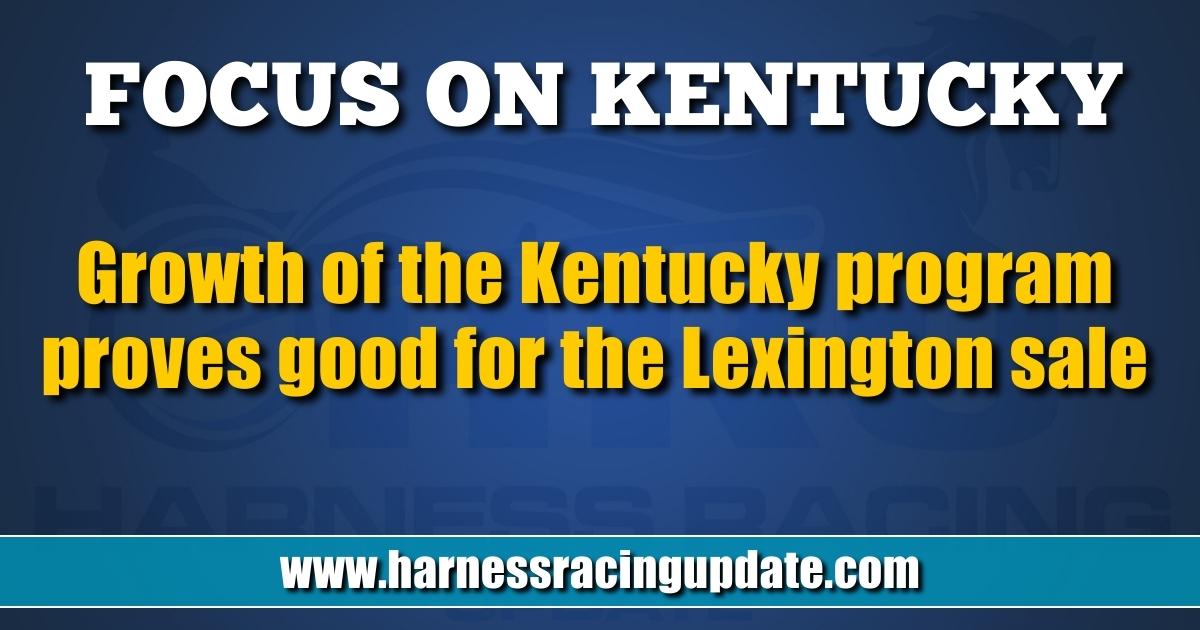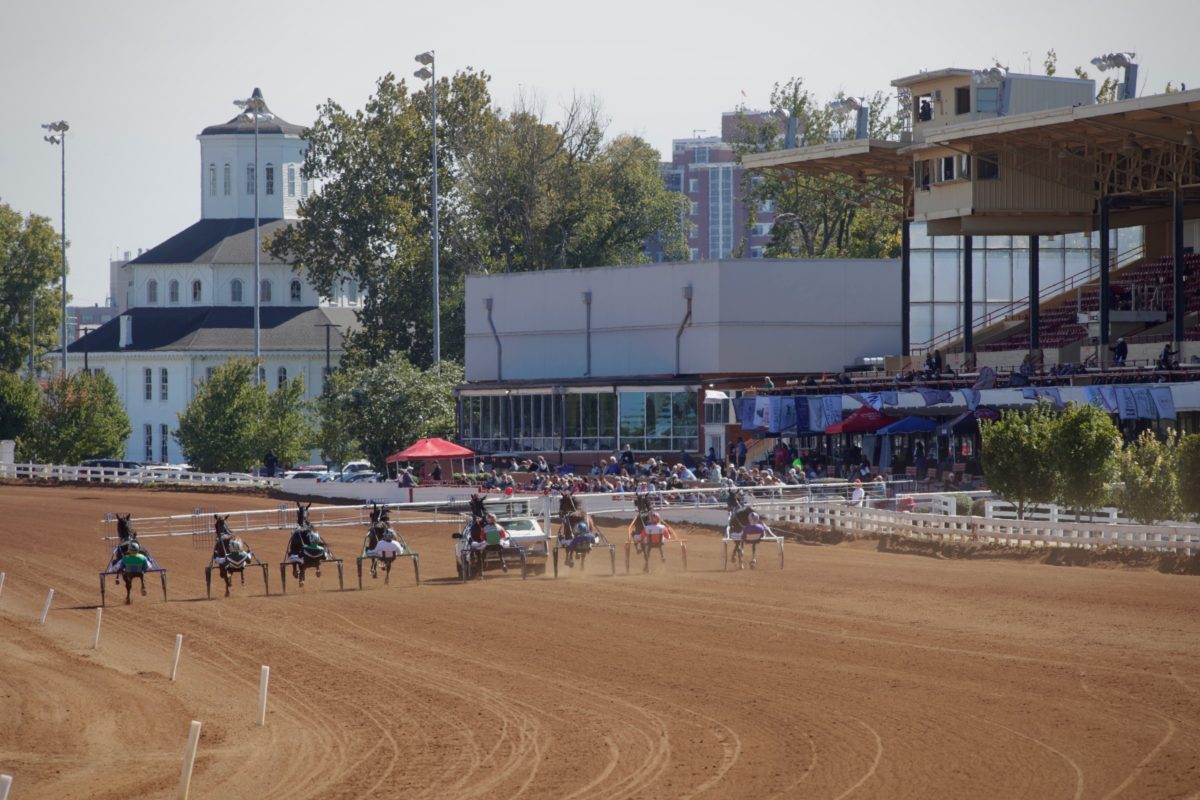Growth of the Kentucky program proves good for the Lexington sale
by Dave Briggs
Steve Stewart said there’s a lot to love about the Kentucky’s dual-eligibility sires stakes program that keeps growing and growing. But the best part is that the money is here to stay.
“The beautiful thing about Kentucky is that we never have to worry,” said Stewart, who owns Kentucky’s Hunterton Farm with his wife, Cindy. “We’re tied with the thoroughbreds and that’s (Kentucky’s) biggest industry. They’ll never take money away from the thoroughbreds. That ain’t happening. The other beautiful thing is that we don’t have casinos in Kentucky. All the racetracks own all the machines – the Red Mile owns the machines, Churchill Downs owns the machines, Keeneland owns the machines. They don’t have Harrah’s and MGM Grand that the horsemen always have to worry about them trying to figure out how to put them out of business. Kentucky is a very safe bet for us going forward, that’s a beautiful thing for us.”
The Kentucky Sires Stakes program is worth more than $17 million and growing.
“It’s only going to get better. They are just now starting to pour money in from the new track. It isn’t finished yet, but they’ve already started the slot parlor,” Stewart said.
Foals of mares that reside in Kentucky at least 180 days in the year of those foal’s birth are eligible to the program, even if the sire of the foal stands in another state or province. That gives dual-eligible foals a premium at the Lexington Selected Yearling Sale.
“If you look at two Captaintreacherous and one is dual-eligible for $17 million in Kentucky and the other one is only eligible in Pennsylvania, which isn’t terrible, and they are both exactly the same, which one are you going to buy? You buy the one that’s dual-eligible,” Stewart said.
Veteran breeder Carter Duer told James Platz, “with the advent of this Kentucky racing and those that have dual eligibilities, it makes for a good sale, no matter what the economy is like. It’s a definite advantage. I’ve got a few that would be much better if they had that dual eligibility. But they don’t, and we’ve got to live with it.”
Brittany Farm’s Art Zubrod said the sire stakes program, “is doing what we hoped it would do and we’re all very, very pleased with it. It needs a few tweaks here and there over the next few years, but in general it’s very successful.
“Several horses, not the top 6 or 8 horses, but the top 15 or 20 horses, are going to make $300,000 very easily. There’s just money out there now and you can race here or you can race there. You don’t have to have your horse pointed to one place and have to race against all the big dogs.”
Anvil and Lace’s Beth Yontz told Platz: “The good thing about Kentucky is that we made another tier. There are places to race no matter if you have the best or a lower class. We’ve added money to the fair races. Fair finals for $50,000. One of the legs, depending on how many you have on the gate and how many are in there, one even raced for $12,000 this year,” she said.
All of which has produced a dramatic revival for the standardbred industry in Kentucky.
“We’ve lived long enough to when Kentucky is now the hotbed, because it used to be the whipping boy and everybody said, ‘What do you even have a farm in Kentucky for?’ That was the comment 30 years ago,” Stewart said.
with files from James Platz


















